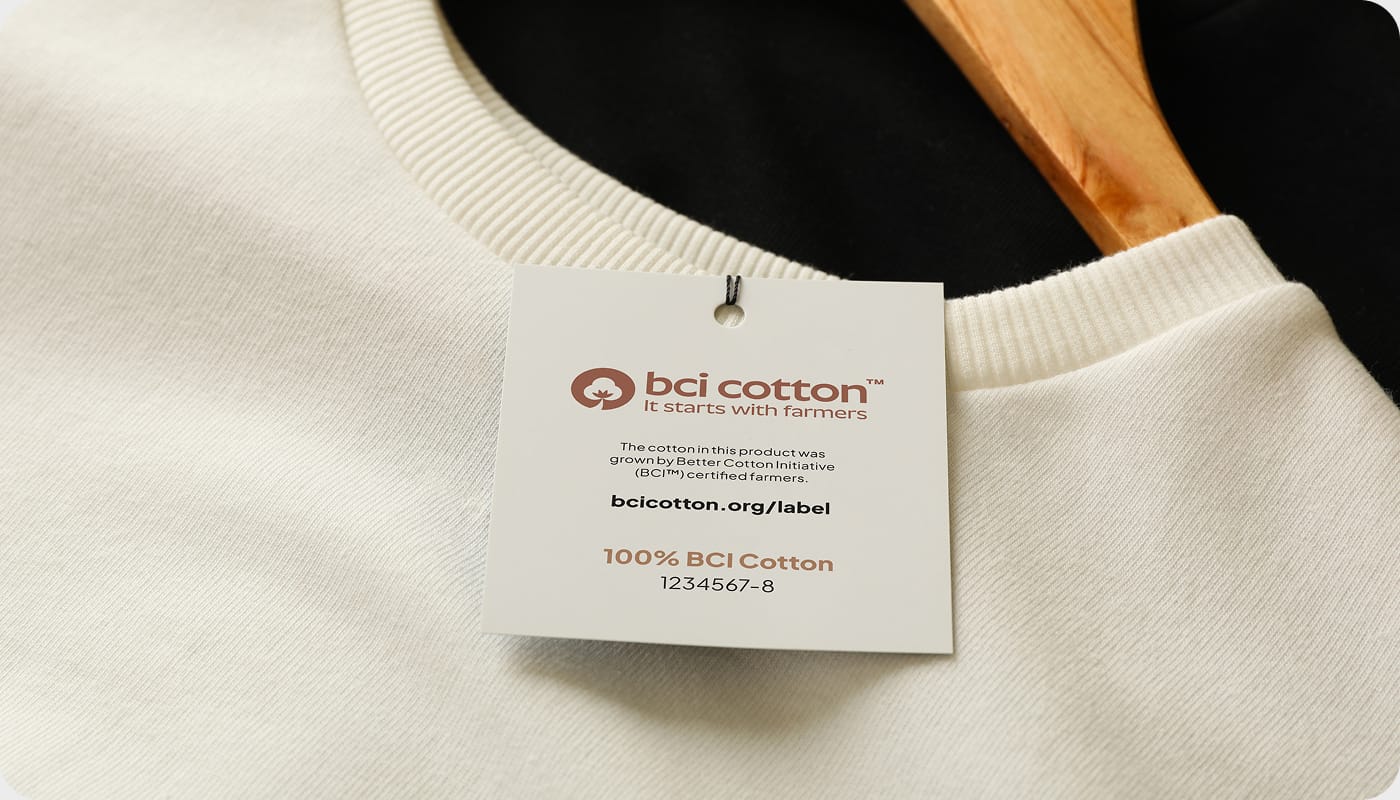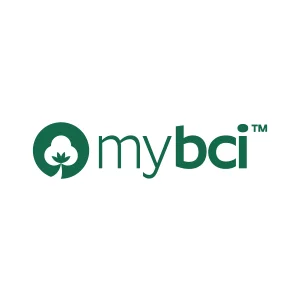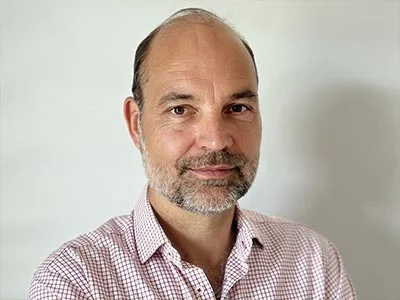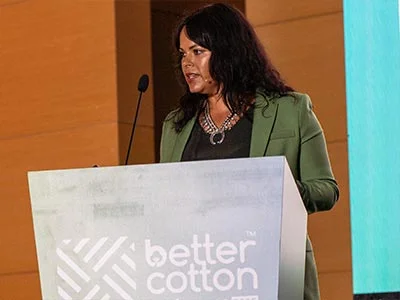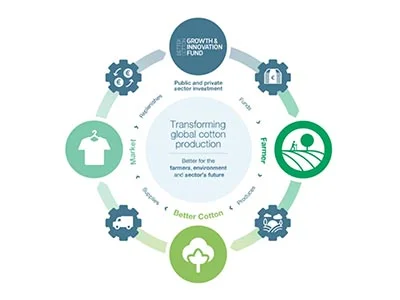Chris Norman is the Founder and CEO, and Pete Grant, Planning Director, of London-based creative agency GOOD, one of the first agencies founded with social, ethical and environmental principles at its core. Ahead of the May Episode of BCI’s Cotton Sustainability Digital Series – where Chris and Pete will share their insights – we asked Chris and Pete to dive into the difference between sustainability and purpose and the evolution of communications in this space.
At GOOD, how do you define ‘purpose’ and why is it important?
Purpose is the demonstration of a business’s positive impact on relevant social and environmental issues, to create value for individuals, the business and wider society. There are two answers to why it is important:
- To solve the environmental and social crisis we face and create a sustainable, fair and prosperous world, everyone will have to be part of the solution, with increasing responsibility placed on business.
- The vast majority of people now expect business to have a purpose beyond profit and lean in to help solve the problems we face. Those brands that don’t respond will be irrelevant to their stakeholders and quickly become extinct.
So, purpose is now a social, environmental and commercial imperative.
How are purpose and sustainability different?
Sustainability = doing no harm. Purpose = creating value whilst doing good.
Just doing no harm or being neutral is no longer acceptable. Purpose creates commercial value and competitive advantage for a business through investor, employee and customer preference, competitive differentiation, and commercial resilience, whilst positively impacting society and/or the environment.
CSR and sustainability initiatives are minimum expectations for responsible businesses. And it is difficult to create value and competitive advantage from behaviour that is expected. Charity or community support is often positioned as purposeful, but it is often tactical, with limited impact and potentially seen as abdicating responsibility. Both CSR/sustainability and charity activities are positive, but the scope and impact are limited.
How has communicating purpose and sustainability evolved?
Sustainability, CSR, and subsequently purpose, are born out of the opposing forces of environmental and social interest groups and the proponents of shareholder primacy that drew their battle lines in the 70s. Greater accountability of a business’s operations, increased regulation and the need to protect shareholder value drove the growth of the Corporate Social Responsibility profession, and CSR communications throughout the 70s, 80s and 90s. During this time, there were many significant high profile and very successful consumer brands that made a virtue of their values, such as Body Shop, Patagonia, Ben and Jerry’s, B&Q, Seeds of Change, Green and Black’s, amongst others.
Things tend to get serious when the money people get involved. In the 1990s, investors started realising the inherent risk to their investments of the growing environmental and societal threats. In the 1990s, a number of investment funds that only invested in ‘ethical’ companies started to emerge. CSR ranking reports became a new measure of performance that investors increasingly took notice of. At the turn of the century, FTSE4Good was launched as an index of ethical quoted businesses. The latest measure of corporate ‘good’ is benchmarked against environmental, social and governance (ESG) factors, which is now a key criterion for accessing capital from an increasing number of investors.
The internet is also very important in the story of purpose because it created a level of transparency that meant anyone, and everyone, could find out what business was up to. And then communicate with and galvanise a very large number of people to act against a brand that was ‘caught’ behaving badly.
What challenges can organisations face when communicating purpose?
Purpose as a term or concept emerged in the mid 2000’s mainly through significant and very successful brand and marketing campaigns, specifically Dove’s Real Beauty and Persil’s Dirt is Good. The marketing industry misread the audience and claimed that brand purpose was a fad, announcing the death of purpose in the sector press every year since 2010. They were evidently wrong. Purpose isn’t a campaign, it’s a way of doing business that creates value for all stakeholders and the environment, rather than exploit them.
Every business needs to define and actively engage in purpose to secure their supply chain and remain relevant to the stakeholders they seek to attract; investors, employees, customers and the communities they work in. But businesses that engage in purpose communication have a challenge. Not only do they need to demonstrate their commitment to purpose, not just claim purpose, but also they need to stand out in a sea of sameness that is highlighted by our audience research.
We are aware you have just released the results of an exciting new study, which you will present in the May Episode of BCI’s Cotton Sustainability Digital Series: Value from Purpose – past, present, and in your future. Are you able to share an insight into what the study reveals?
Previous research into consumer attitude towards purpose has been at a macro level, providing limited insight, which is rarely actionable. From our research, involving 4,700 contributors, we have developed five detailed personas that sit on a spectrum of behaviours and perceptions towards purposeful brands. We worked with our research partner, YouGov, on the report so we have over 200,000 data points and deep and actionable insights for each persona.
This means brands can for the first time can not only understand where their customers are on the purpose spectrum but also how best to communicate and engage them to create value through purpose.
Which brands have purposes that inspire you and why?
There are some obvious purpose heroes and their brands – Yvon Chouinard (Patagonia), Anita Roddick (The Body Shop), Paul Polman (Unilever), Ben Cohen and Jerry Greenfield (Ben & Jerry’s) and Edward Goldsmith (The Ecologist).
- Nike. Because they had to. But the way they have pivoted their business around purpose has led the whole sector to change.
- IKEA. They had to as well, but they have committed the business to contribute to all of the Sustainable Development Goals.
- Sky. Sky has been a leader in communicating the global environmental threat we face, whilst providing clear solutions, with incredible creativity and commitment.
- Airbnb. They also have some challenges in terms of their impact on local communities, but they are cognisant of these and seem to be addressing them. Their approach and commitment to diversity and inclusion has literally changed cultural behaviour and attitudes.
If you would like to learn more and join the discussion on unpicking the ways brands can mobilise stakeholders around their purpose and sustainability initiatives to create more value, Chris and Pete will be speaking on the May Episode of BCI’s Cotton Sustainability Digital Series: Value from Purpose – past, present, and in your future. Find out more and register here. Once registered, you will have access to a dedicated attendee forum and networking space.






